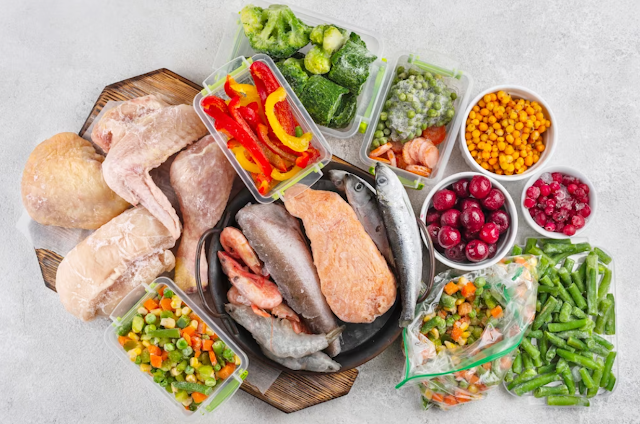Frozen Food Market Growth, Trends, Size, Share, Demand And Top Growing Companies 2029
The Frozen Food Market has witnessed substantial growth in recent years, driven by changing consumer lifestyles, convenience, and advancements in freezing technology. Frozen foods provide consumers with the flexibility to enjoy a wide range of food products at any time, without compromising on quality.
As we look ahead to 2029, the frozen food for market is expected to continue its upward trajectory, fueled by evolving consumer preferences, innovative product offerings, and expanding distribution networks. This article explores the key growth drivers, emerging trends, market size, share, and the top growing companies in the frozen food industry.
In terms of revenue, the global Frozen Food Market was estimated to be worth US$ 167116.37 million in 2021, growing at a CAGR of 4.84% from 2022 to 2030.
Growth Drivers:
Changing Consumer Lifestyles: Rapid urbanization, busy work schedules, and increasing disposable incomes have led to a shift in consumer preferences towards convenient food options. Frozen foods offer a convenient solution for time-starved individuals, as they eliminate the need for meal preparation from scratch.
Technological Advancements: Advances in freezing technologies have greatly improved the quality and shelf life of frozen foods. Quick freezing techniques, such as cryogenic freezing, help to preserve the nutritional value, flavor, and texture of food, making frozen products more appealing to consumers.
Expansion of Retail Channels: The expansion of modern retail formats, including supermarkets, hypermarkets, and online grocery platforms, has significantly contributed to the growth of the Frozen Food Market. These channels offer a wide variety of frozen food products, making it easier for consumers to access and purchase them.
Emerging Trends:
The worldwide Gourmet Salts Market is growing quickly as a result of the rising demand for upscale traditional foods with improved flavours.
Health and Wellness: Increasing health consciousness among consumers has paved the way for the development of healthier frozen food options. Manufacturers are focusing on reducing sodium, fat, and calorie content, as well as using natural and organic ingredients to cater to health-conscious consumers.
Ethnic and Exotic Flavors: Consumers are increasingly seeking diverse and unique flavors in their food choices. Frozen food manufacturers are responding to this demand by introducing a wide range of ethnic and exotic flavors, providing consumers with an exciting culinary experience.
Plant-Based and Vegan Options: With the rising popularity of plant-based diets, the Frozen Food Market has witnessed a surge in plant-based and vegan offerings. Companies are launching meat alternatives, plant-based frozen meals, and vegan desserts to cater to the growing demand for sustainable and cruelty-free food options.




Comments
Post a Comment